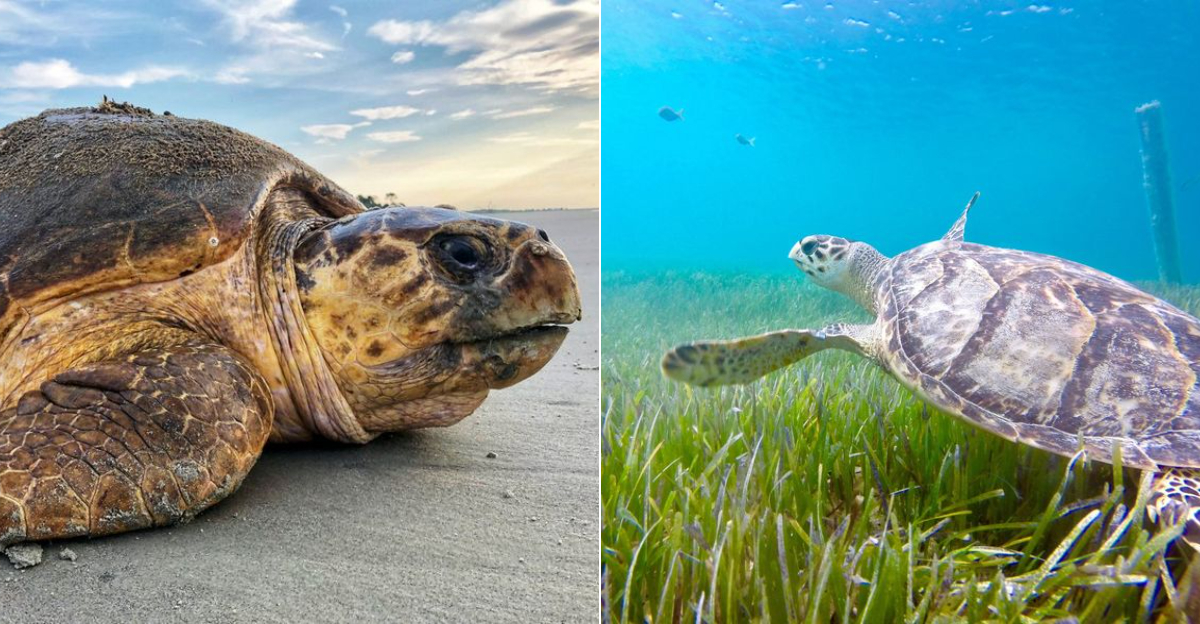Every summer, magic unfolds on North Carolina’s Crystal Coast. Loggerhead sea turtles, ancient mariners of the ocean, come back to nest.
I’ve spent countless nights volunteering with turtle watch programs. It’s unforgettable. These creatures have been around since the time of dinosaurs.
Yet, most beachgoers never get to see their true story.
1. Endangered But Resilient
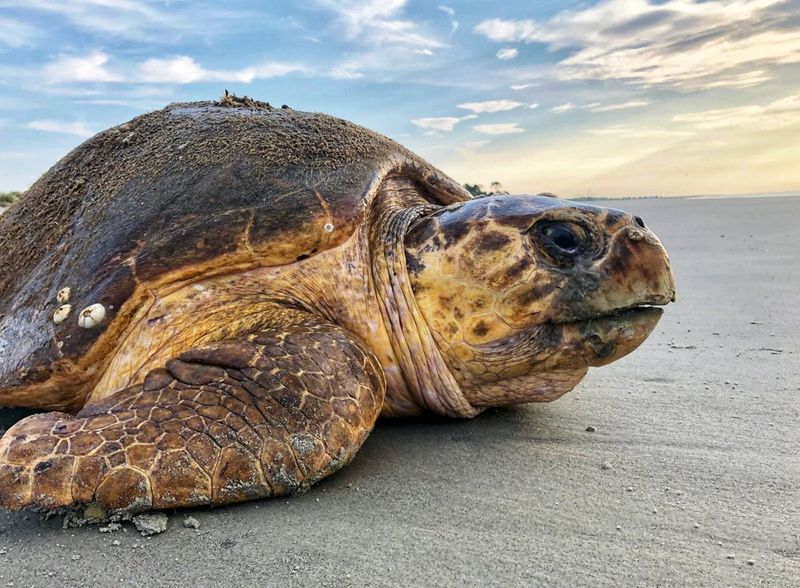
The first time I spotted a loggerhead on a moonlit beach patrol, I nearly gasped at its size. These magnificent creatures are listed as threatened under the Endangered Species Act, with only about 1 in 1,000 hatchlings surviving to adulthood.
Despite facing numerous threats including fishing gear entanglement, plastic pollution, and habitat loss, loggerheads show remarkable resilience.
They’ve inhabited Earth’s oceans for over 100 million years, surviving multiple mass extinctions!
2. Impressive Nesting Habits
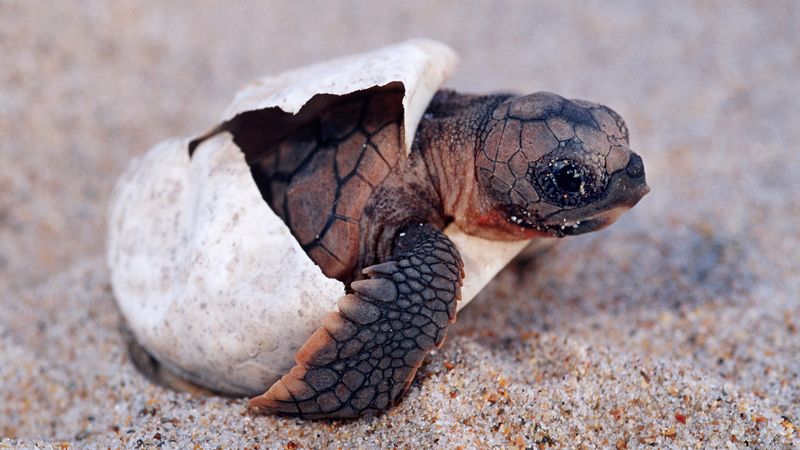
Watching a 300-pound loggerhead haul herself up the beach under moonlight changed my perspective forever.
Female turtles return to their natal beaches every 2-3 years to lay eggs.
A single mother will dig multiple nests during one season, depositing around 100-120 ping-pong ball-sized eggs in each! The Crystal Coast hosts approximately 100-150 nests annually.
Most fascinating? They enter a trance-like state while nesting, shedding tears that aren’t from emotion but actually help flush salt from their systems.
3. Long-Distance Travelers
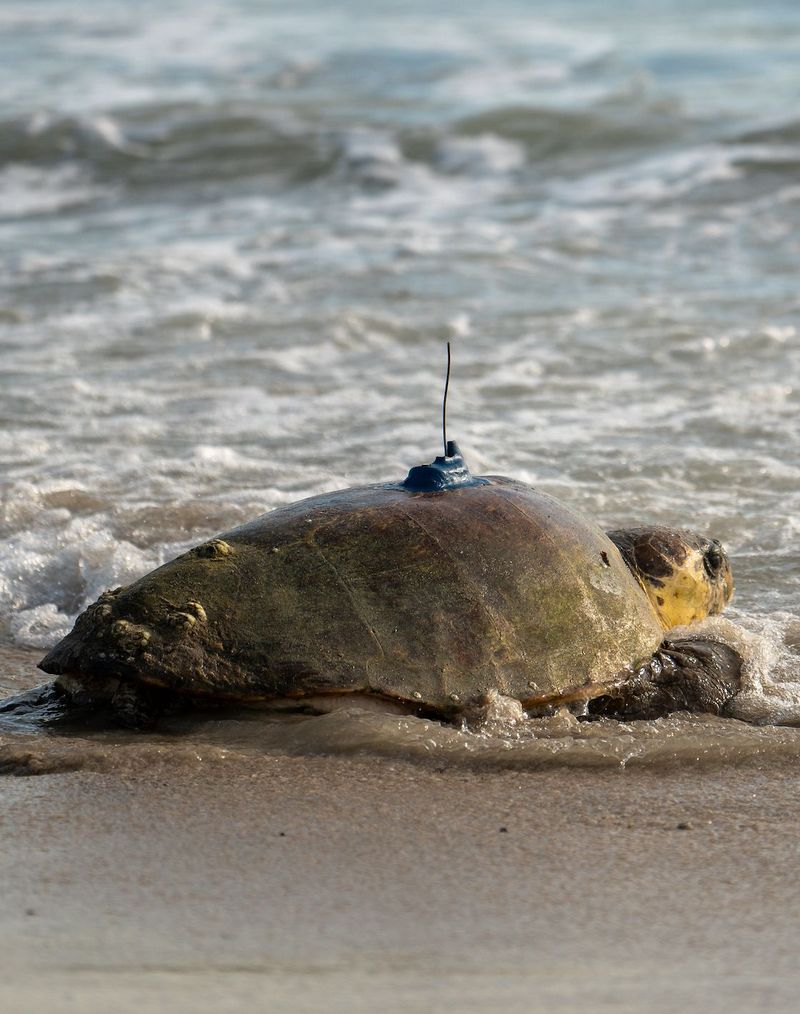
Talk about frequent flyer miles! Loggerheads from the Crystal Coast have been tracked swimming all the way to the Azores, over 3,000 miles across the Atlantic.
Young loggerheads enter an oceanic phase where they ride currents in the North Atlantic Gyre for 7-12 years. Scientists once called this their “lost years” because no one knew where they went!
Their navigation skills are mind-blowing!
4. Unique Feeding Adaptations
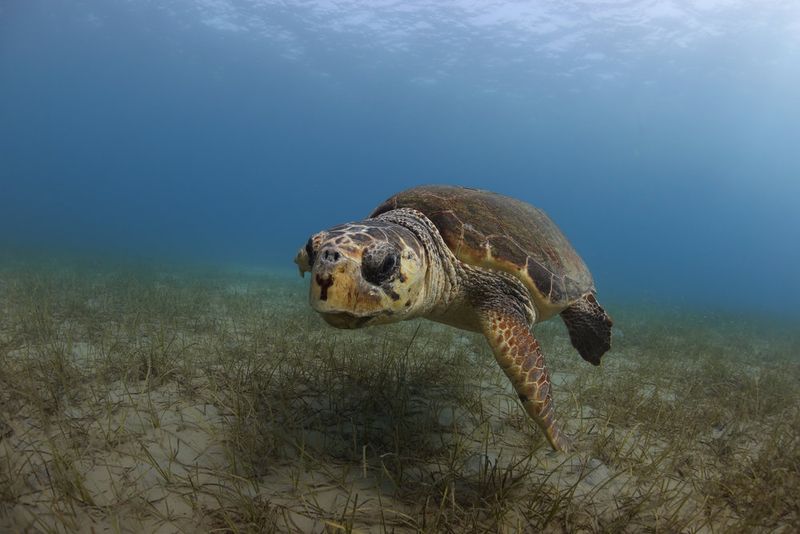
Ever tried cracking open a conch shell with your jaw? Loggerheads do it for breakfast!
Their massive heads house incredibly powerful jaws that crush hard-shelled prey like whelks, conchs, and horseshoe crabs.
Their diet changes throughout their lifetime, shifting from surface-dwelling organisms as juveniles to bottom-dwelling creatures as adults.
Crystal Coast loggerheads particularly love blue crabs and cannonball jellies, which are abundant in our estuaries and near-shore waters.
5. Critical Role In Ecosystem Health
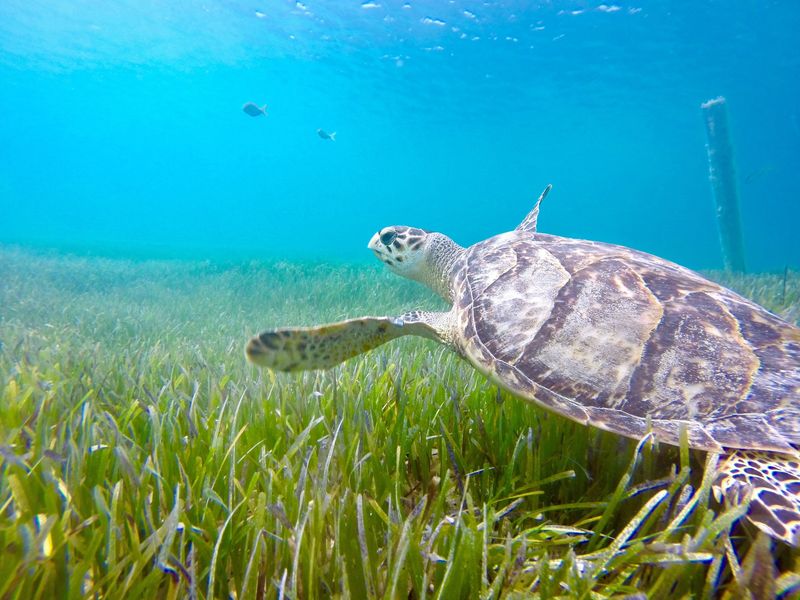
Loggerheads are the ocean’s unsung heroes!
These reptilian gardeners maintain healthy seagrass beds by pruning slower-growing species and preventing them from overtaking faster-growing varieties. Without this natural maintenance, seagrass ecosystems would collapse.
Their feeding habits also control jellyfish populations.
When females dig nests, they redistribute nutrients on beaches and dunes, while unsuccessful nests provide vital nutrients for dune vegetation that prevents erosion along the Crystal Coast.
6. Conservation Efforts
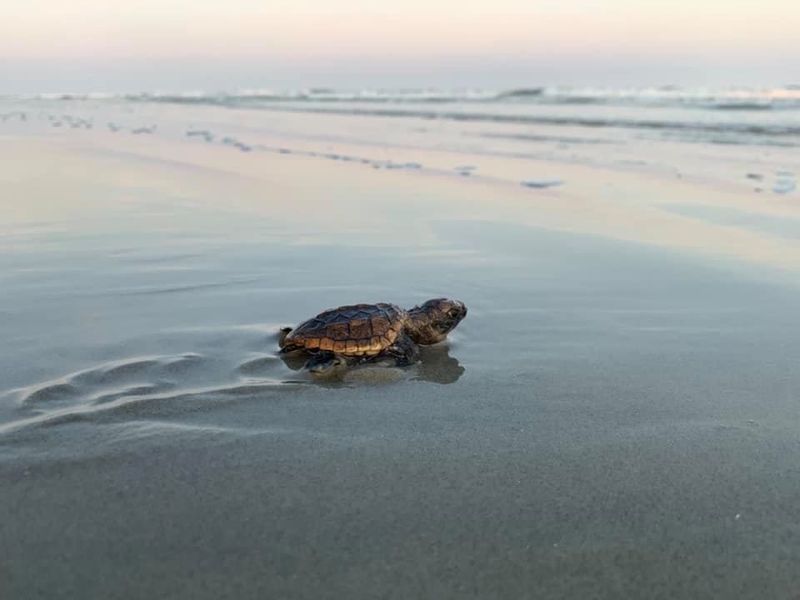
Local ordinances now require oceanfront properties to use turtle-friendly lighting during nesting season (May-October). Yellow or amber lights don’t disorient hatchlings who naturally head toward the brightest horizon – normally the moonlit ocean.
The Karen Beasley Sea Turtle Rescue and Rehabilitation Center in nearby Topsail Beach has rescued over 1,000 injured turtles since opening.
Many Crystal Coast visitors don’t realize they can actually adopt a nest or sponsor a rehabilitating turtle through local conservation groups.
7. Cultural Significance
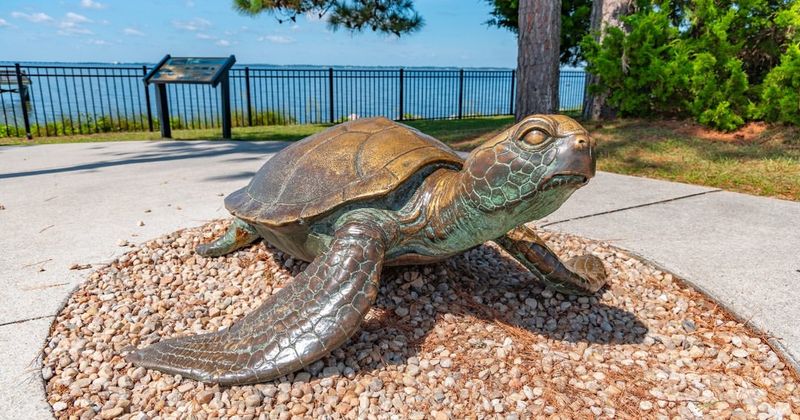
The Tuscarora people, indigenous to coastal North Carolina, considered sea turtles sacred messengers between water and land worlds.
Growing up here, I heard fishermen’s tales about following loggerheads to find the best fishing spots. These stories weren’t just superstition – turtles really do congregate where food is plentiful!
Today, loggerheads are celebrated annually during the Crystal Coast Sea Turtle Festival in June.
Local artists create turtle-themed works, restaurants serve turtle-safe seafood (not actual turtle!), and educational booths teach visitors how to protect these beloved coastal icons.
8. Temperature-Dependent Gender Determination
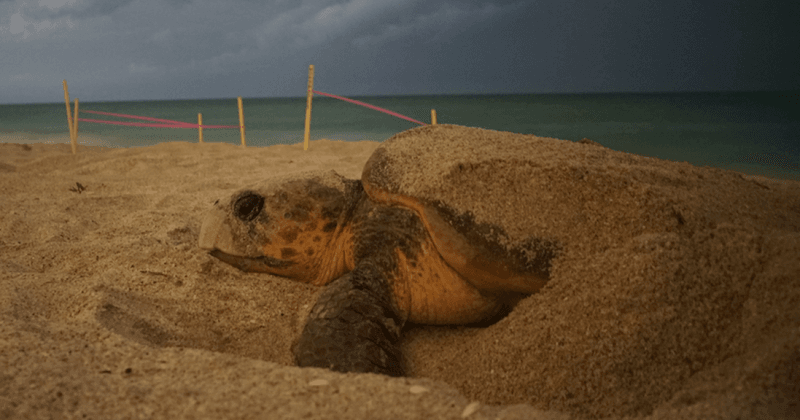
Mother Nature has a fascinating way of deciding whether a loggerhead will be male or female – it’s all about the heat!
Eggs incubating below 82°F produce mostly males, while those above 88°F become females. Nests in the middle range produce mixed genders.
I’ll never forget helping researchers excavate a hatched nest during an unusually hot summer. Almost 95% were females! Climate change poses a serious threat by potentially skewing gender ratios.
Some Crystal Coast conservation groups now use temperature monitoring devices in nests.
